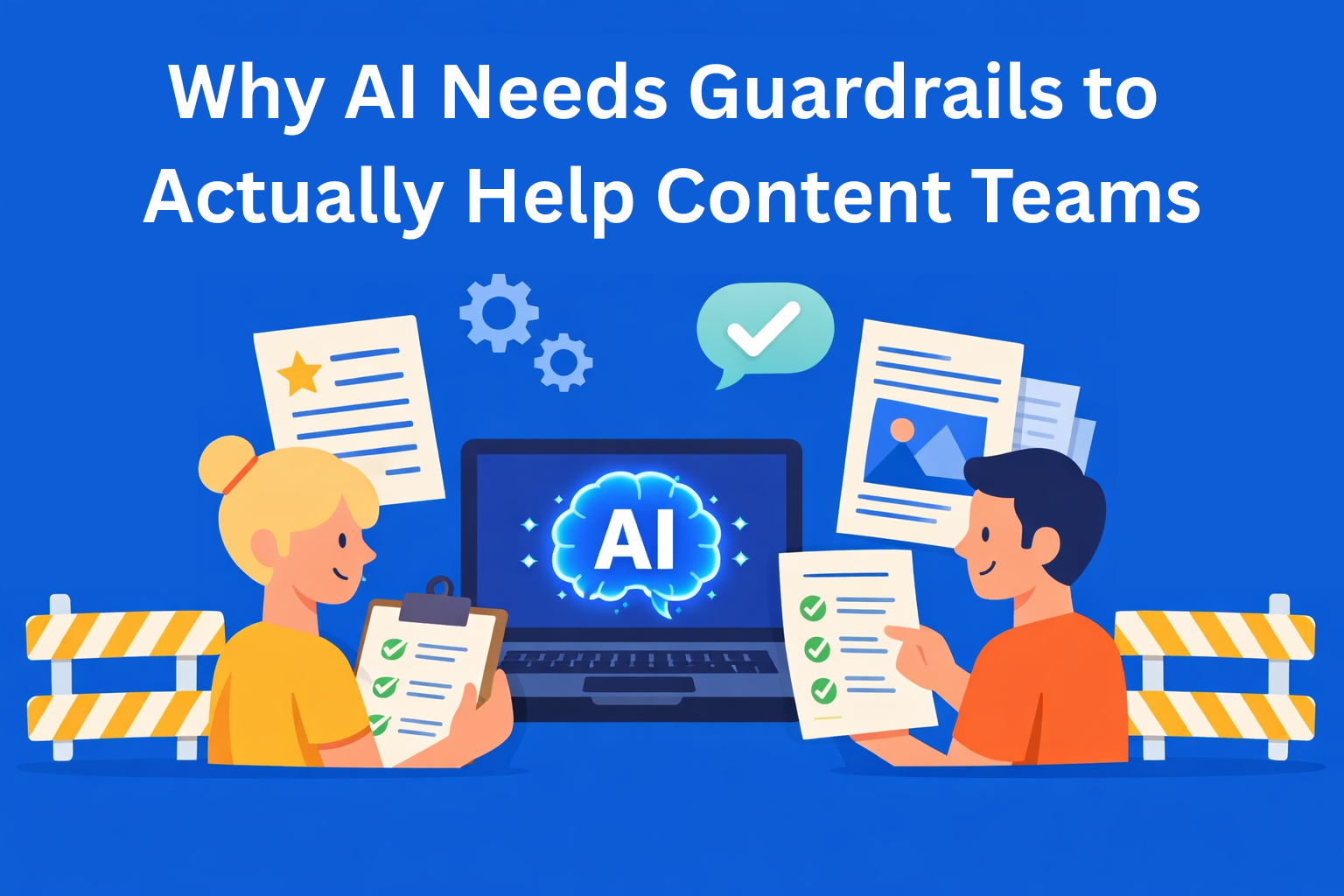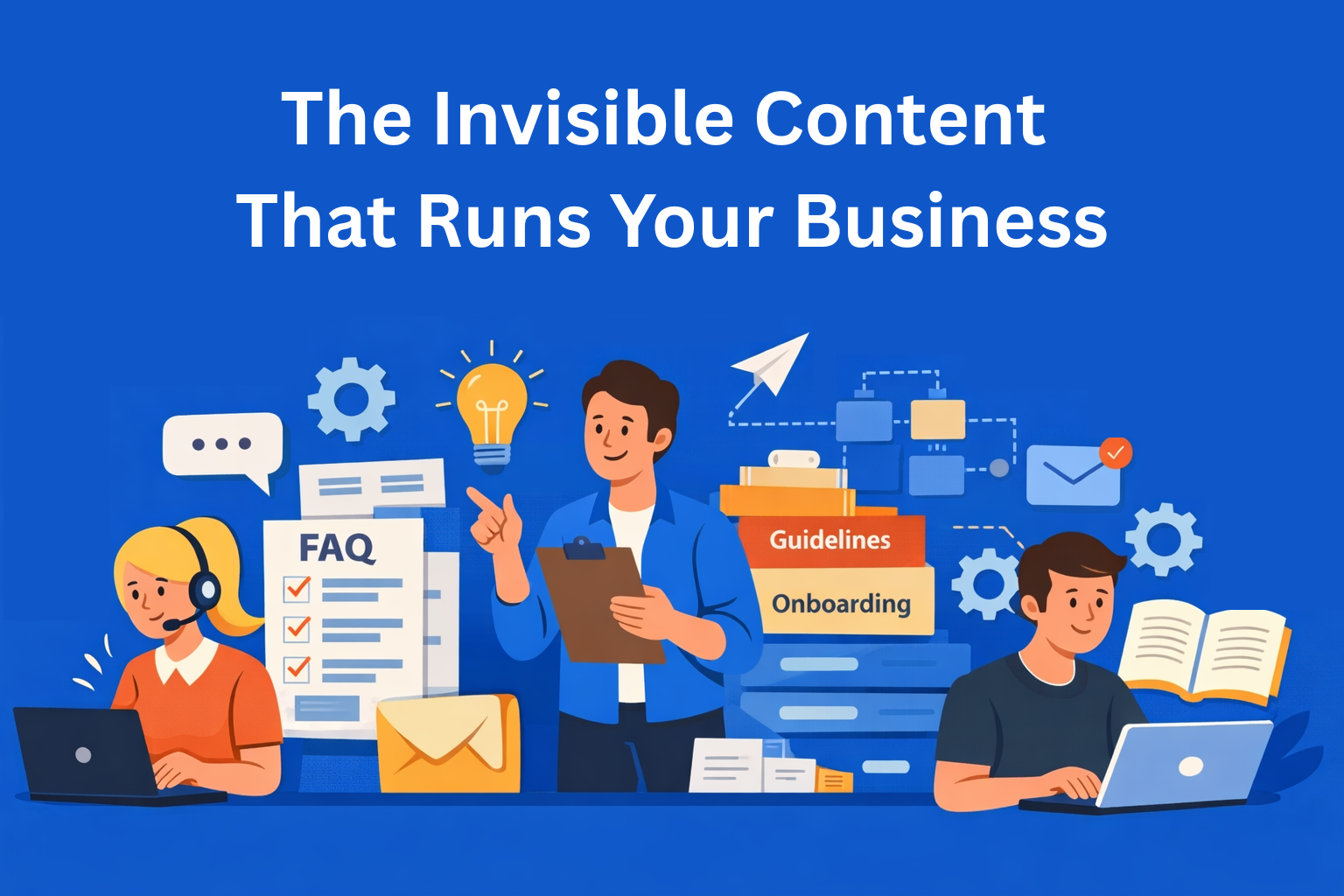How Reviewing Competitor Gaps Can Reveal Your Next Big Topic
The real content opportunity isn’t what competitors publish - it’s what they leave unsaid. Gaps in detail, clarity, or depth let you create meaningful, trust-building content that actually completes the conversation.

Most teams look at competitor content to see what others are doing well. But the real opportunity isn’t in what they publish - it’s in what they don’t. Gaps are where you can step in, build a deeper resource, and become the brand that actually answers the question fully instead of circling around it.
The mistake a lot of marketers make is treating competitor research like a scoreboard. “They covered this topic - we should cover it too.” But by doing that, you become a copy, not an alternative. The better approach is to read their content like a curious customer and ask: What’s missing here?
Because what’s missing is usually exactly what the audience is still searching for.
Key Takeaways
- Look for gaps, not just coverage - The biggest content wins come from what competitors overlook, not what they already do well.
- Gaps can be subtle - Weak explanations, vague steps, or mismatched tone often reveal opportunities for deeper, more resonant content.
- Think like the audience - Review competitor content through the lens of a frustrated reader to find missing context or clarity.
- Turn gaps into meaningful content - Don't rewrite, add value through examples, walkthroughs, or usable insights that go beyond the surface.
- Document your findings and systemize - Capture insights into a shared workflow so strategists, SMEs, and writers can collaborate effectively.
Where Competitors Accidentally Leave “Open Doors”
Most content gaps aren’t obvious at first glance. They show up in subtle ways - an unanswered detail, a vague step, a lack of depth, or a claim with no real explanation behind it. Sometimes the gap is about tone rather than information - maybe the competitor made something sound overly complex or sterile when your audience needs clarity and reassurance.
And sometimes the gap is structural:
They wrote a blog, but never created a follow-up deep dive.
They introduced a concept, but never showed how to apply it.
They covered the “what,” but never touched the “how.”
Those unfinished thoughts are opportunities waiting to be claimed.
Why Competitor Gaps Turn Into Strategy
When you build content around gaps instead of reacting to their headlines, you stop chasing them and start out-positioning them. You become the source that completes the conversation - not just another voice in it.
This is especially powerful when:
- A concept matters to your audience, but competitors cover it superficially
- The market is crowded with content that repeats the same talking points
- People are searching for actionable clarity, not more repetition
- Your brand is trying to establish authority, not volume
Depth earns trust. Gaps give you somewhere to prove it.
How to Actually Spot These Gaps
Most people browse competitor content like marketers. You should browse it like a frustrated reader.
Look for:
- What’s implied but not explained
- What’s mentioned once and never returned to
- Where they drop a buzzword with no example
- Where a step feels “skipped”
- Where a claim has no story or proof behind it
- Where the audience would naturally ask: “Okay… but how?”
If you find yourself scrolling 70% of the page thinking “When will we get to the point?” that’s a gap.
This is also where an SME (subject matter expert) often sees deeper opportunities than a generalist writer - because what feels “technically correct” to a marketer often feels incomplete to someone who actually works in the subject.
Turning Gaps Into Better Content
A gap isn’t just a missing sentence - it’s an opening for differentiation. You don’t win by rewriting their piece. You win by going where they didn’t.
Sometimes that looks like:
- Breaking down a hidden assumption
- Bringing in examples or real data
- Showing a process step-by-step instead of speaking in theory
- Connecting the topic to a bigger customer pain point
- Challenging the “expected” take
You’re not adding more words, you’re adding more meaning.
Where EasyContent Fits In
This is where a structured workflow actually helps. If you have SMEs, strategists, and writers working together, they need a place to capture those gaps, document them, and turn them into opportunities before they get buried in Slack or notebooks.
Inside EasyContent, this usually happens through project documentation and input that is tied directly to the content item - not a separate Google Doc floating around somewhere. It means your strategist can highlight the gap, your SME can tighten the angle, and your writer can draft with context, all in one place. No backtracking. No missing nuance.
Better input = better output.
Conclusion
Competitor articles fade because they all say the same thing. Gap-led content becomes reference material - something people bookmark, quote, or return to. It feels intentional rather than reactive.
Your next big topic might not come from brainstorming. It might already exist - unfinished, half-built, or hinted at in someone else’s work. You just have to finish the thought better than they did.
And once you start looking at competitor content through this lens, you’ll notice something quickly:
You stop asking,
“What should we write next?”
And start asking,
“What did they leave unsaid?”
That shift is where your advantage begins.






